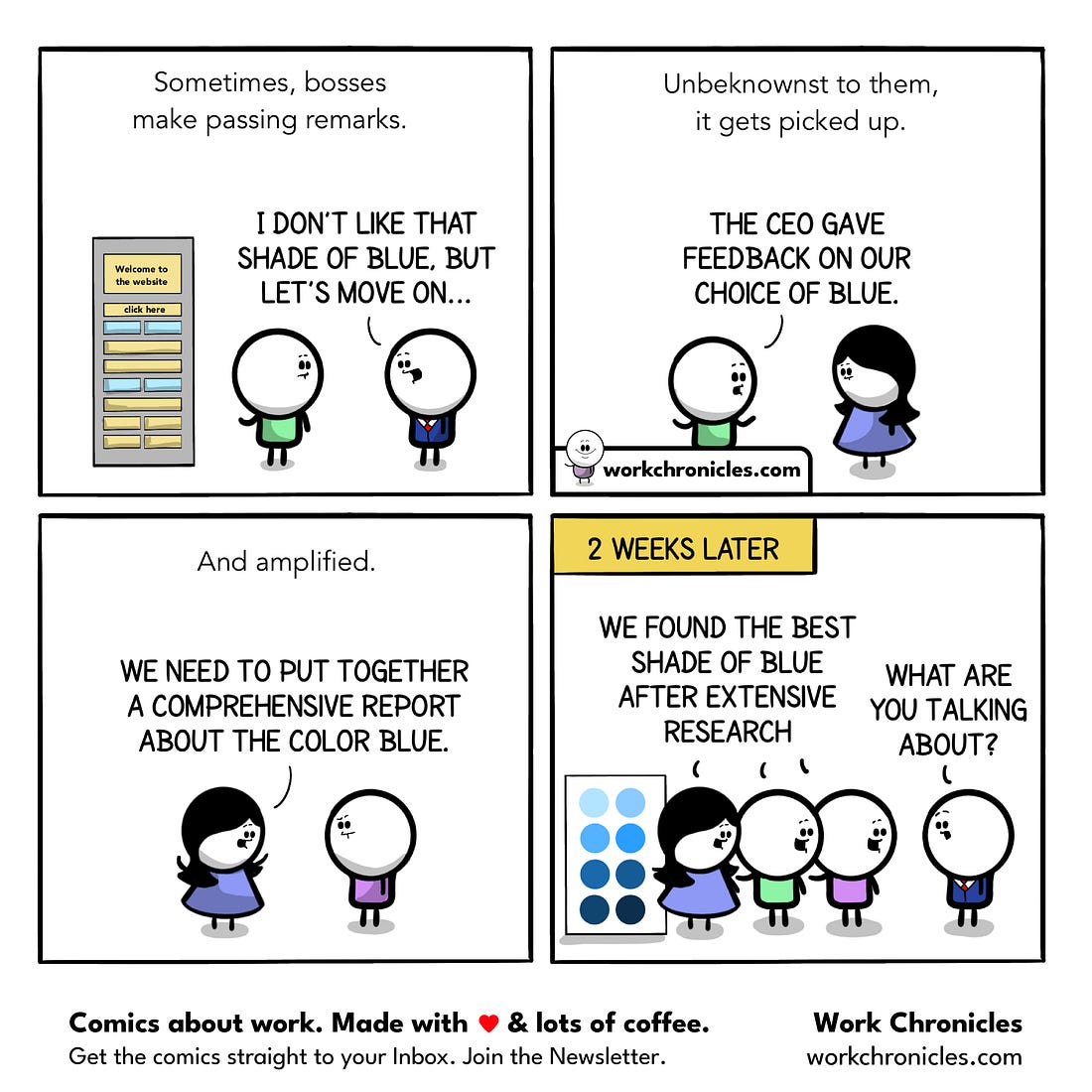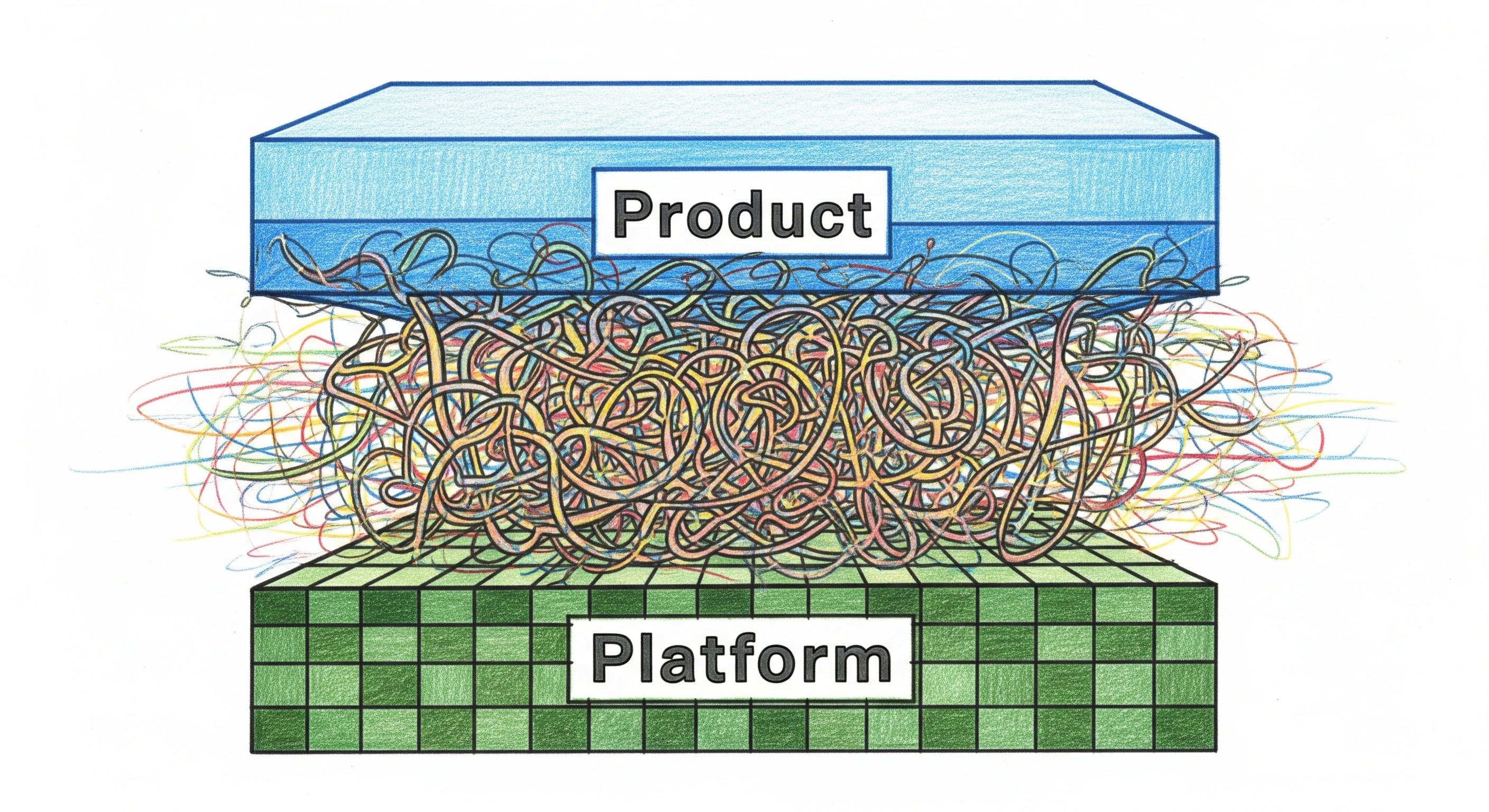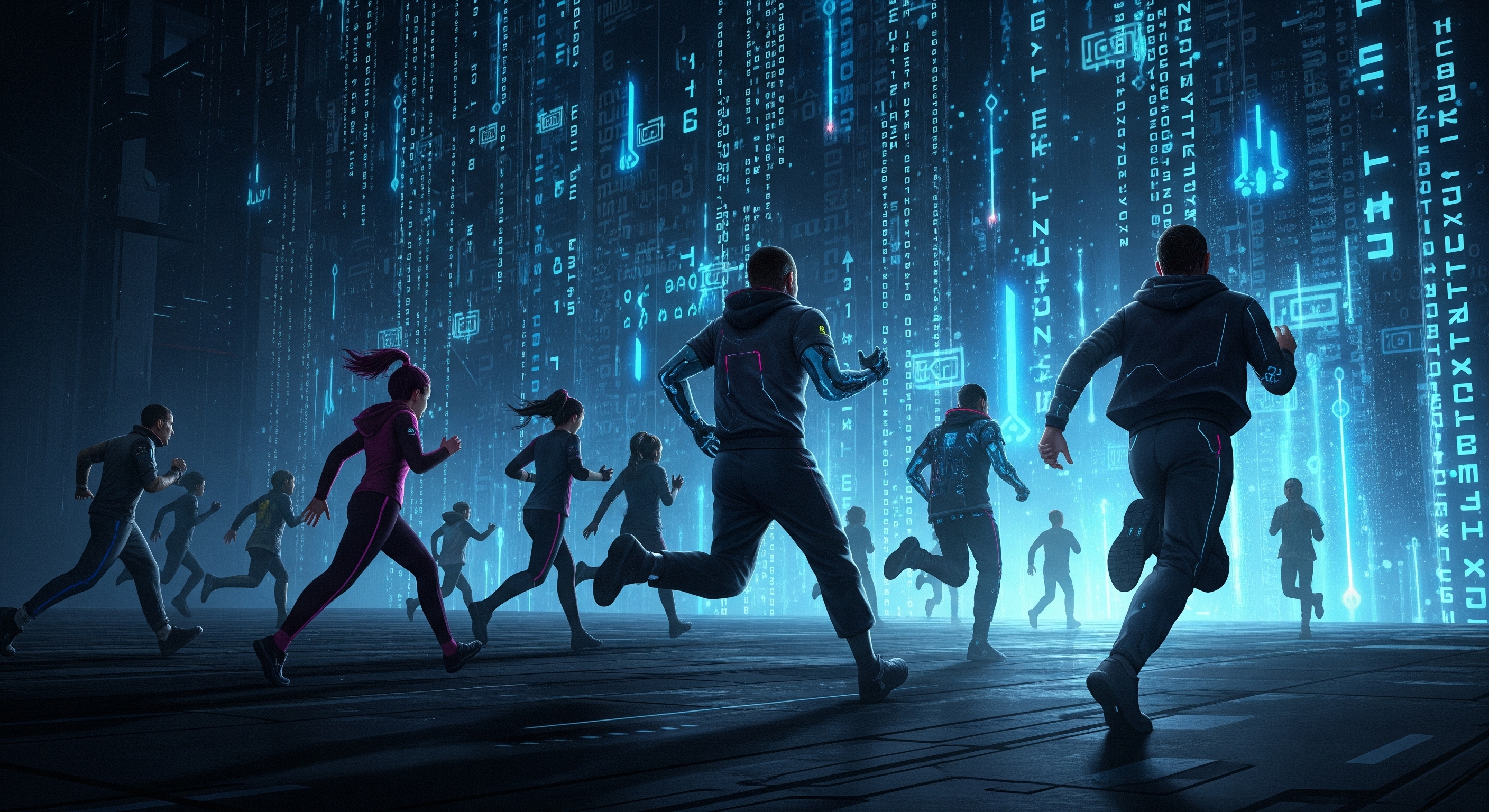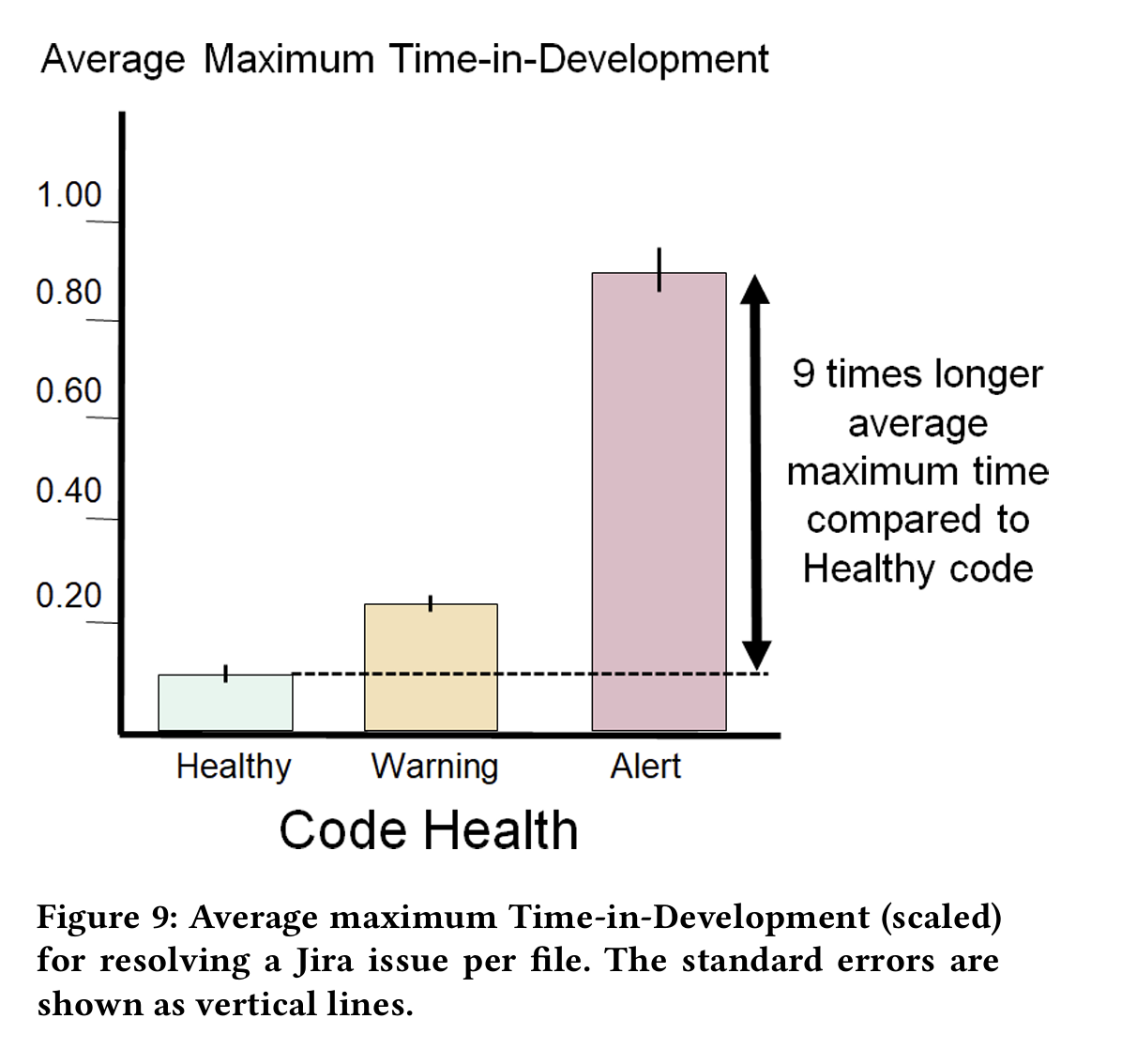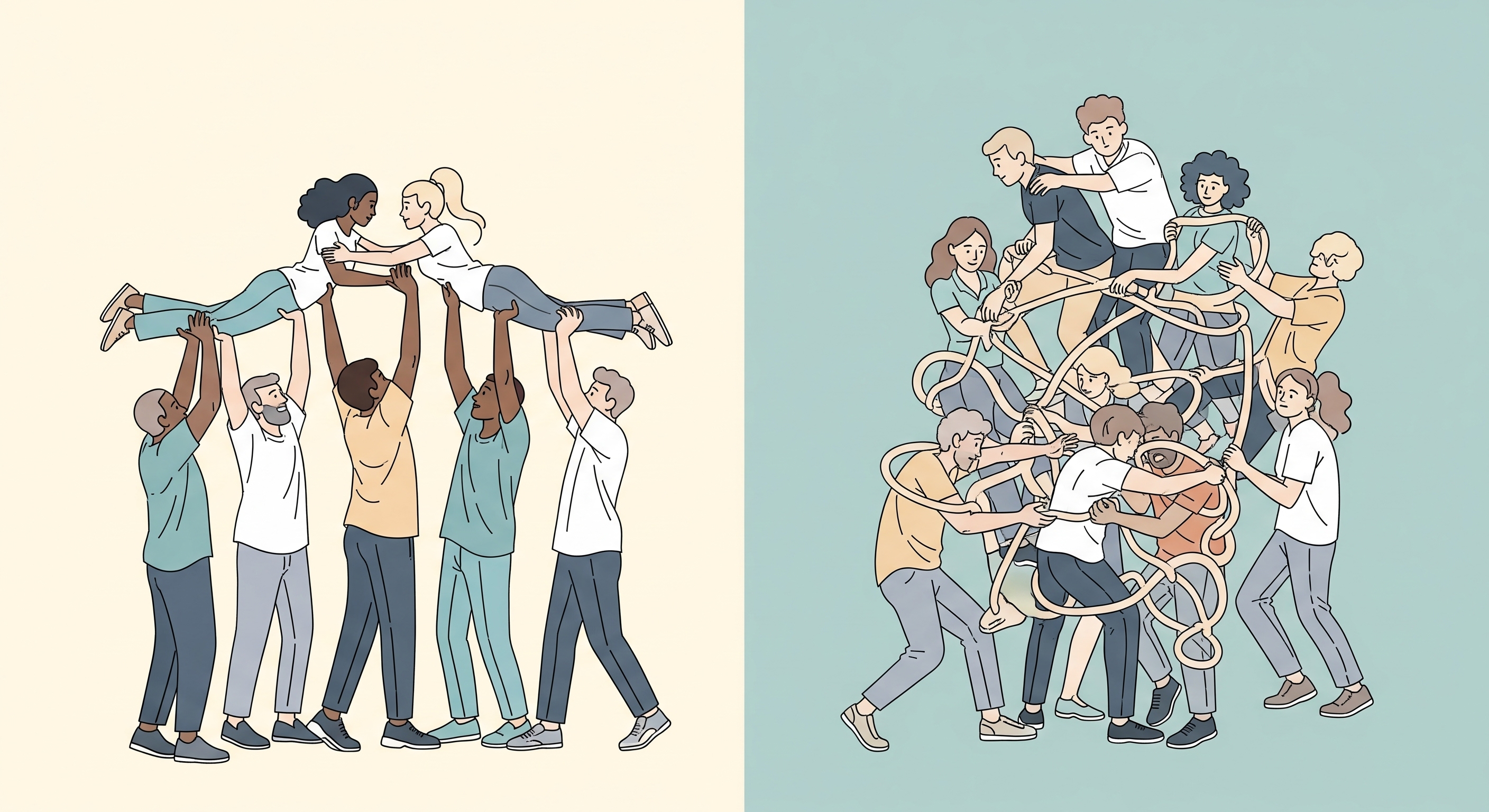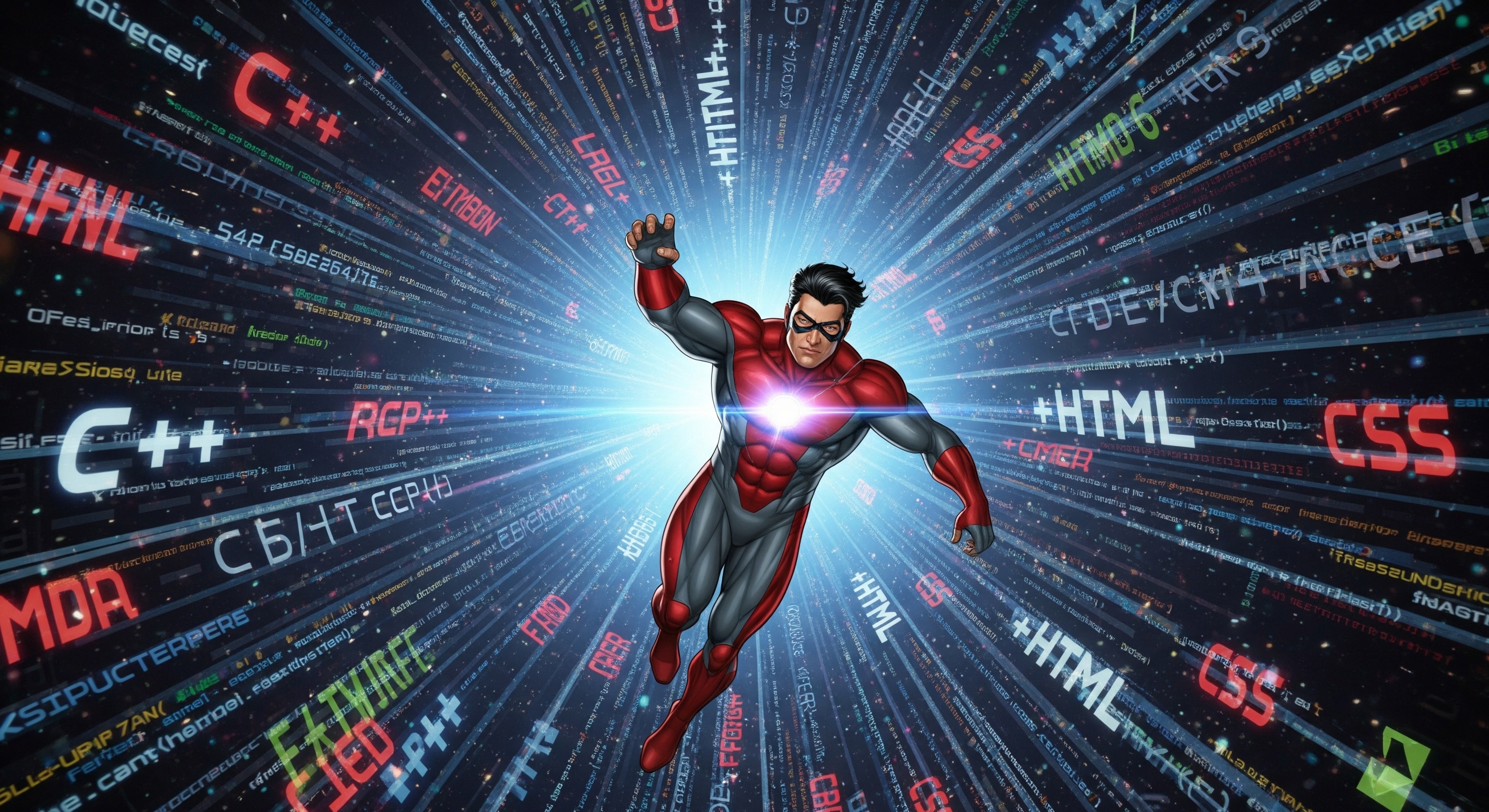Who Do You Love?
On the topic of leading with the why, emotions are important. Two of the strongest emotions are love, and it’s not opposite, hate1. Three of the biggest drivers of innovation are necessity, laziness, and love. If you want to a strong driver of innovation, love is a pretty good choice.
Like George Thorogood asked, the question is, Who Do You Love?. Answer that question and you’re on your way. Get the whole team loving the same thing and you’ll be amazed at what you create. So, who should you love? In Inspired: How to create Products Customers Love Marty Cagan gives us the answer.
Fall in love with the customer’s problem, not your solution.
That’s it. It’s that simple. Love (and hate) your customer’s problem. Be passionate about it. If that problem is the most important thing in your universe, and you hate it so much you want to eliminate it, your customer is going to be surprised and delighted.
It means understanding the domain and the problem so well that you understand not just what happens, but why. You understand the fundamentals and the theory behind them. You know not just what the problem is, but why it exists.
What you don’t want to do is fall in love with your solution. Yes, you should deeply understand your solution. What it is, how it works, and why it works.
But you also need to remember that your solution is not the important thing. It’s just a means to an end. A way to eliminate the customer’s problem.
The problem with loving your solution is that it becomes the important thing. You start seeing it as the solution to not only the customer’s specific problem, but the reason you’re doing the work in the first place. And that’s just wrong.
When the solution is the most important thing, you start rephrasing the problem to match the solution. You stop delighting your customer. Instead, you start teaching your customer why they’re misunderstanding their problem, and they should listen to you about what the problem really is2. And that’s the tail wagging the dog.
When you and your team share a why of love (and hate) for the customer’s problem, you’ve tapped into some of the most powerful emotions and drivers of innovation.
Which will result in delivering maximum value for the customer.
-
Yes, yes, yes, love and hate are in many ways opposites. However, the opposite of love is also indifference. Love and hate are strong emotions directed at a person/idea. The opposite of a strong emotion is no emotion, indifference. ↩︎
-
Loving the problem doesn’t mean you’ll never have to educate your customers. Very often your outside view gives you an insight that customers are too close to the problem to see. The difference is that you’re not educating them on how wonderful your solution is, your helping them understand the problem better. After that, the solution comes naturally. ↩︎
